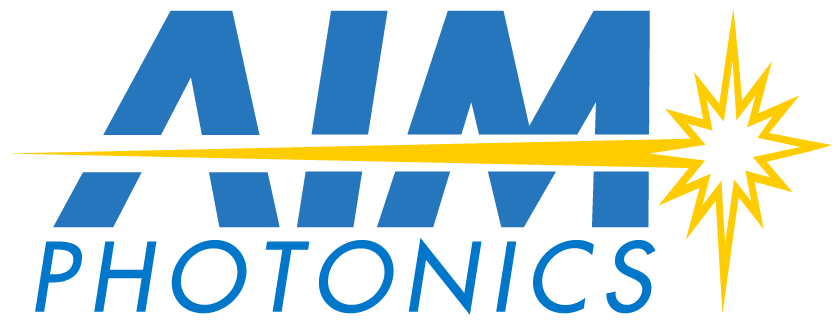Learning by Doing at AIM Photonics Summer Academy
Interactive design project provides direct hands-on learning in real-world PIC design
“For the things we have to learn before we can do them, we learn by doing them.” That philosophy, which Aristotle famously wrote in Nicomachean Ethics, is at the heart of the AIM Photonics Summer Academy, where participants don’t just study integrated photonics—they dive in, applying their knowledge in real-world design challenges.
Over the course of a week, attendees will move beyond fundamental concepts, working in teams to design a prototype photonic integrated circuit (PIC) tailored for one of four cutting-edge applications: datacom, RF (wireless), sensors, or LiDAR imaging. This hands-on approach not only deepens their understanding of emerging industry standards, but also hones their critical thinking and design skills in a collaborative, fast-paced environment.
“The inherent value of these interactive group design projects is that they provide an immersive learning opportunity that not only drives conversation in terms of emerging standards for each of these applications, but also demonstrates how the applications affect PIC circuit design choices,” said Sajan Saini, Education Director at the Initiative for Knowledge and Innovation in Manufacturing (IKIM), the MIT education program that produces the AIM Photonics Summer Academy.
Throughout the week the teams will work together to define the key parameters that meet the specs for their assigned application, including making pragmatic decisions about materials, optical wavelengths, and determining the most efficient design architecture for their specific application. Then, using the latest in EPDA modeling and simulation software, each team will apply those decisions to an actual PIC design.
“There will always be unique design compromises and tradeoffs, which are directly dependent on the application for which the PIC will be used,” said Saini. “While some applications, such as datacom PIC transceivers, require extremely high data rate performance, others applications such as sensor and lab-on-chip PICs can tolerate lower signal spectral efficiency, but may require relatively lower power,” he added.
Furthermore, Saini noted that a design-for-manufacturing (DfM) approach, which is emphasized all week long at the summer program, challenges attendees to carefully think about how to apply the course material that they’ve learned in the morning sessions to practical design decisions they’ll be making during their afternoon team project working sessions.
While each of the four design teams will be led by some of the nation’s foremost experts in photonic-electronic design, Saini noted that this year’s program also includes a novel collaboration with technical experts from leading EPDA vendors—including Ansys, Cadence, and Synopsys—who will embed with each team to help guide their application-specific circuit simulation and schematic-driven PIC layout.
The design projects will conclude at the week’s end, when each of the teams will present their final concept study, explaining their design layout choices and the principle logic for their decisions.
“The goal of the design projects is not only to teach students the ‘how-to’ aspects of PIC design for their specific applications, but to also participate in a comparative analysis of other teams’ choices,” Saini said.
“It’s always exciting to see that final capstone moment, when the proverbial light bulb turns on and students really begin to cross-pollinate their ideas and sow the seeds for future insights,” he added.
Registration is currently open for the AIM Photonics Summer Academy. For more information, see www.aimphotonics.com/summer-academy.

